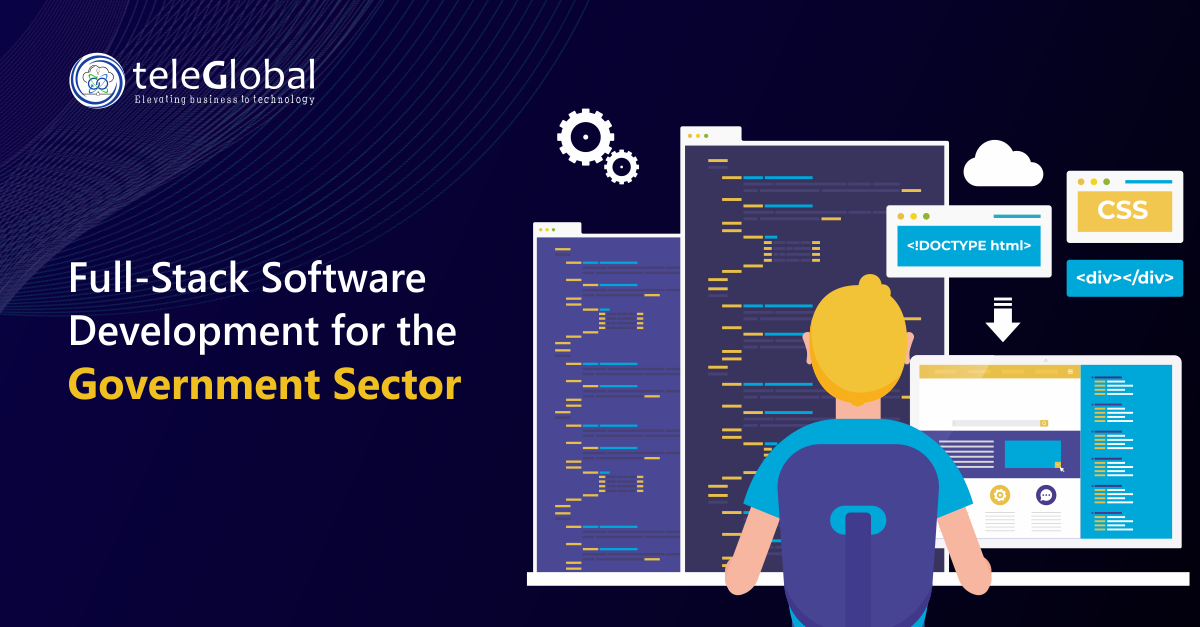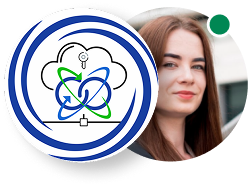
Leading government agency based in India.
A well-known government office in India, working under the Digital India program, wanted a new online system that was safe, flexible, and modern. Their old way of working was slow and outdated. They needed a better system to handle daily tasks, share information clearly with citizens, and protect private data.
They looked for the right technology partner to design and implement a custom fullstack software development solution. It had to be quick to update, ready for future changes, and able to handle busy times and more users as demand grew.
Government work involves many steps, rules, and approvals. The old systems were slow, used a lot of paper, and couldn’t grow easily. Citizens had to wait for updates and often visit offices for simple tasks.
Inside the office, staff used old tools that didn’t share data or do things automatically. This caused delays and made work harder, especially during busy times like elections or when giving out permits and subsidies.
To make this happen, they needed skilled fullstack developers, modern tools, and a clear plan focused on building the right product.
During the discovery and planning stages, the following challenges were identified:
The fullstack implementation delivered significant improvements for both the government agency and the citizens it serves.
Using only one type of technology wouldn’t work. Fullstack software development provides the speed, safety, and flexibility the office needed.
From databases and APIs to user interfaces and load testing, every component was planned and executed by seasoned full stack web developer teams. The involvement of a senior full stack software developer early in the project helped ensure design decisions aligned with long-term goals.
In today’s public sector landscape, where expectations are rising and timelines are tight, the use of fullstack web development methodologies is no longer optional. It is a necessity for scalable governance.
 close
close

Hi there! At TeleGlobal, we turn your cloud vision into AI-accelerated reality. What challenge can we help you solve?
Powered by ![]() teleBot
teleBot